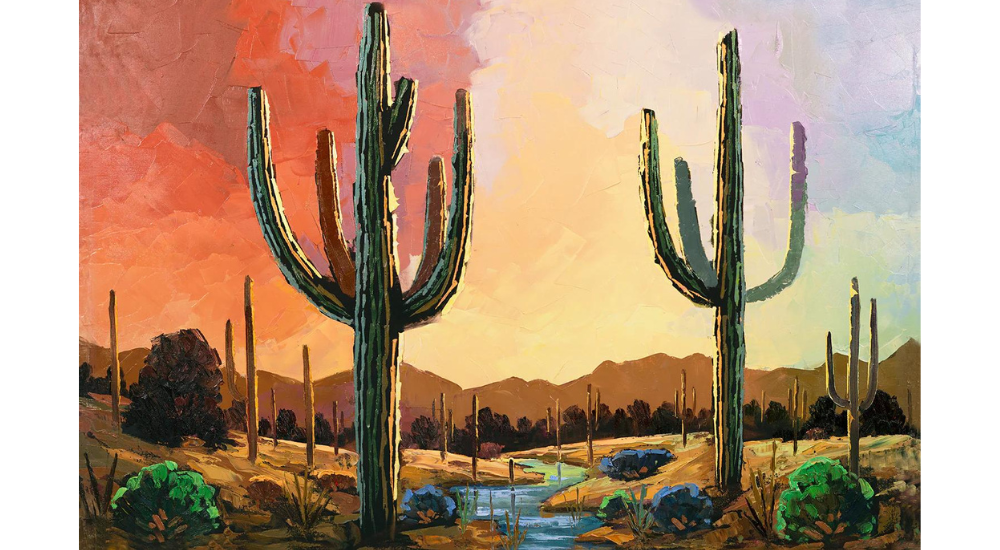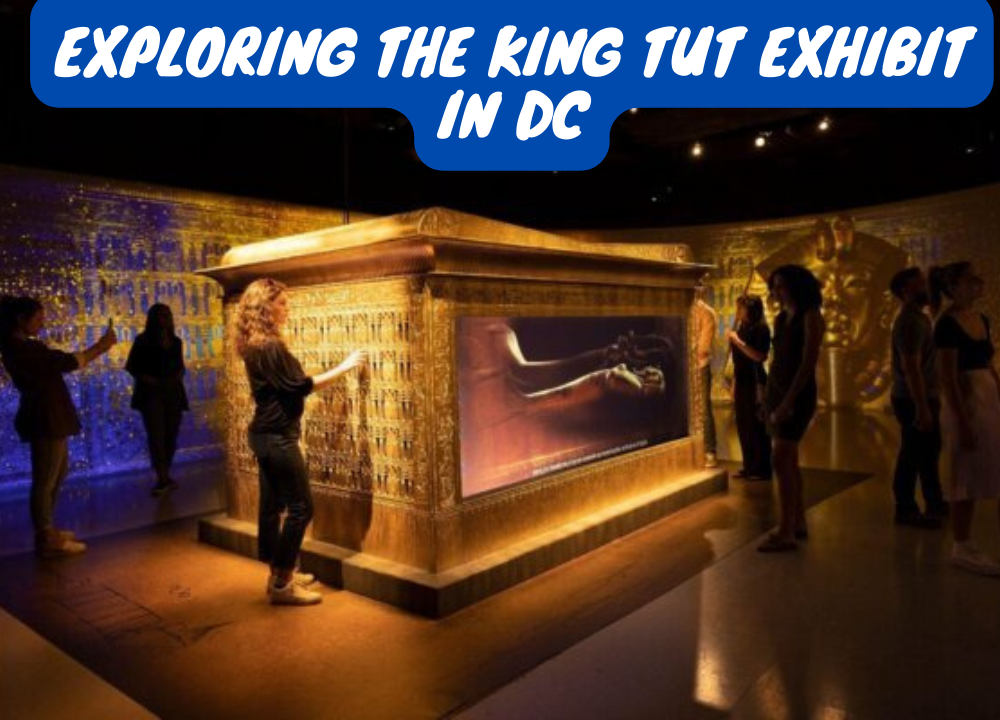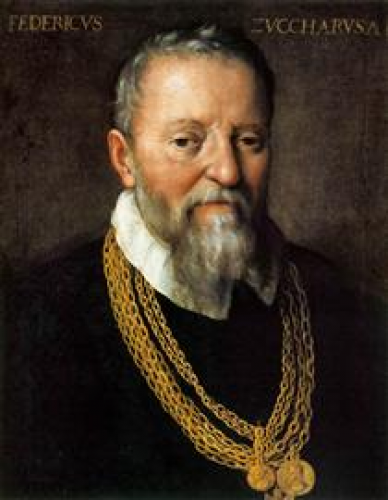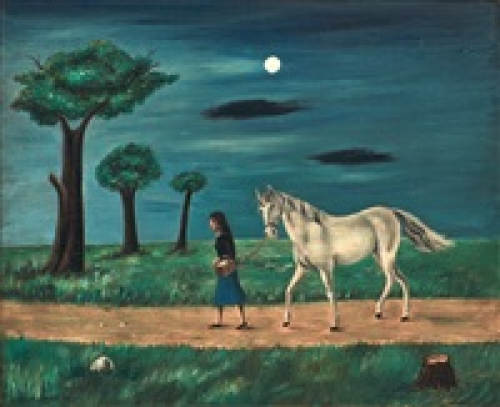Landscape art paintings capture the beauty of nature. They depict outdoor scenes such as mountains, forests, and rivers.
Landscape art has a rich history, dating back centuries. Artists use various techniques to portray the natural world’s magnificence. These paintings often evoke emotions and inspire awe. From the serene to the dramatic, landscapes can transform any space. They offer a visual escape, connecting viewers to nature.
Renowned artists like Claude Monet and Vincent van Gogh have immortalized landscapes. Their works remain timeless and cherished. Modern artists continue to explore and innovate in this genre. Landscape paintings are versatile decor, fitting both homes and offices. They add a touch of elegance and tranquility. Investing in landscape art can enhance the ambiance of any environment.
Evolution Of Landscape Art
Landscape art paintings have fascinated art lovers for centuries. These paintings capture the beauty of natural scenery, from towering mountains to serene rivers. The evolution of landscape art tells a compelling story of artistic growth and innovation.
From Classical To Modern
The journey of landscape art began with classical art. Early artists focused on idealized nature scenes, often featuring mythological elements. This style emphasized harmony and balance.
During the Renaissance period, artists like Leonardo da Vinci and Albrecht Dürer brought more realism to their landscapes. They used techniques like perspective to create depth, making the scenes more lifelike.
In the 17th century, the Dutch Golden Age saw a rise in landscape art. Artists such as Jacob van Ruisdael painted detailed and naturalistic scenes. They showcased everyday life and the beauty of the countryside.
In the 19th century, the Romantic movement brought dramatic and emotional landscapes. Artists like J.M.W. Turner and Caspar David Friedrich depicted nature’s power and beauty.
Modern landscape art has seen a shift towards abstract and expressive styles. Artists like Georgia O’Keeffe and David Hockney experiment with colors and forms, creating unique interpretations of nature.
Influence Of Different Art Movements
Several art movements have shaped landscape art. Each movement brought new ideas and styles.
Impressionism emerged in the late 19th century. Artists like Claude Monet focused on capturing light and color. They painted en plein air (outdoors), creating vibrant and dynamic scenes.
Post-Impressionism followed, with artists such as Vincent van Gogh. They used bold colors and expressive brushstrokes to convey emotion and personal vision.
The Realism movement aimed to depict landscapes accurately. Artists like Jean-François Millet showed the harsh realities of rural life, highlighting the human connection to nature.
Surrealism brought a dreamlike quality to landscape art. Salvador Dalí and René Magritte created fantastical scenes that challenged reality, blending imagination with nature.
Abstract Expressionism in the mid-20th century saw artists like Jackson Pollock and Mark Rothko exploring landscapes in new ways. They used abstract forms and bold colors to express their inner feelings and ideas.
The Contemporary art movement continues to innovate. Artists incorporate digital media, photography, and installation art to create immersive landscape experiences.
Characteristics Of Landscape Art
Landscape art paintings capture the beauty of the natural world. These paintings often depict scenes such as mountains, forests, rivers, and fields. The characteristics of landscape art help define this captivating genre. Understanding these traits helps you appreciate the skill and creativity involved.
Depiction Of Nature
Landscape art paintings excel in the depiction of nature. Artists focus on the beauty and majesty of the natural world. They often portray:
- Mountains and valleys
- Forests and woodlands
- Rivers, lakes, and oceans
- Skies and weather conditions
These elements create a sense of peace and wonder. Artists use different techniques to capture the essence of these scenes. They may paint realistic details or use abstract forms to evoke emotions. Some common techniques include:
- Realism: Detailed and lifelike representations
- Impressionism: Focus on light and color, often with visible brush strokes
- Abstract: Simplified shapes and forms to convey a mood or idea
Each technique provides a unique perspective on nature. The artist’s choice of technique influences how viewers experience the painting. This allows for a wide range of styles and interpretations.
Use Of Light And Color
The use of light and color in landscape art is crucial. These elements bring the painting to life and create mood and atmosphere. Artists often use light to highlight certain parts of the scene:
- Sunlight streaming through trees
- Reflections on water
- Shadows cast by mountains
Light can change the look and feel of a landscape. It can make a scene appear warm and inviting or cold and distant. The time of day also affects the light. Morning light is often soft and warm, while evening light can be dramatic and intense.
Color is another essential element. Artists use color to evoke emotions and set the tone. They may use bright, vibrant colors to create a joyful scene. Alternatively, they may use muted, earthy tones to convey calmness. Some common color schemes in landscape art include:
| Color Scheme | Effect |
|---|---|
| Warm Colors (reds, oranges, yellows) | Creates warmth and energy |
| Cool Colors (blues, greens, purples) | Conveys calm and tranquility |
| Neutral Colors (browns, grays) | Suggests stability and simplicity |
Light and color work together to create a cohesive and engaging landscape. These elements draw viewers into the scene and make them feel part of the natural world.

Famous Landscape Artists
Landscape art paintings capture the beauty of nature on canvas. Famous landscape artists have created masterpieces that inspire and awe. Their work shows the world’s beauty in different styles and colors. Let’s explore the works of two iconic artists: Claude Monet and Vincent van Gogh.
Monet And Impressionism
Claude Monet is a famous landscape artist. He is a key figure in the Impressionist movement. Monet’s paintings are known for their vibrant colors and light.
Monet painted many landscapes. Some of his famous works include:
- Water Lilies
- Impression, Sunrise
- Haystacks
Monet’s technique involved short, quick brushstrokes. This method captured the essence of a scene rather than details. Monet often painted the same scene at different times of day to show changes in light and color.
Below is a table of Monet’s popular landscape paintings:
| Painting | Year |
|---|---|
| Water Lilies | 1916 |
| Impression, Sunrise | 1872 |
| Haystacks | 1890 |
Monet’s Impressionism captures fleeting moments in nature. His work shows how light and color can transform a landscape.
Van Gogh And Post-impressionism
Vincent van Gogh is another famous landscape artist. He belongs to the Post-Impressionist movement. Van Gogh’s landscapes are full of emotion and vibrant colors.
Van Gogh’s famous landscape paintings include:
- Starry Night
- Wheatfield with Crows
- The Olive Trees
Van Gogh used bold colors and dramatic brushstrokes. His paintings often convey his intense feelings and moods. He painted outdoors, capturing the beauty and energy of nature.
Here is a table of Van Gogh’s notable landscape paintings:
| Painting | Year |
|---|---|
| Starry Night | 1889 |
| Wheatfield with Crows | 1890 |
| The Olive Trees | 1889 |
Van Gogh’s Post-Impressionism shows the emotional depth of landscapes. His work highlights the power and beauty of nature through expressive colors and textures.
Techniques In Landscape Painting
Landscape art paintings capture the beauty of nature and evoke emotions. Artists use various techniques to bring these scenes to life. Understanding these techniques can enhance your appreciation for landscape paintings.
Impasto And Texture
Impasto involves applying thick layers of paint to the canvas, creating a textured surface. This method adds depth and dimension to the painting. The paint can be applied with a brush or palette knife. Impasto makes the painting look three-dimensional and tactile.
Texture in landscape painting can depict different elements like rocks, trees, and water. Artists use various tools and materials to achieve different textures. Here are some common tools used for texture:
- Brushes
- Palette knives
- Sponges
- Rags
Techniques to create texture include:
- Dragging: Drag a dry brush over wet paint.
- Dabbing: Use a sponge to dab paint onto the canvas.
- Scraping: Use a palette knife to scrape paint off the canvas.
A table to summarize tools and techniques:
| Tool | Technique |
|---|---|
| Brush | Dragging |
| Palette knife | Scraping |
| Sponge | Dabbing |
Scumbling And Glazing
Scumbling is a technique where a thin, opaque layer of paint is applied over a dry layer. This allows the underlayer to show through. Scumbling creates a soft, diffused effect, perfect for depicting mist or clouds.
Glazing involves applying a thin, transparent layer of paint over a dry layer. This technique enhances colors and adds depth. Artists use glazing to create luminous effects in their landscape paintings.
Steps to scumbling:
- Choose a dry base layer.
- Use a stiff brush and a small amount of paint.
- Apply the paint lightly, allowing the base layer to show through.
Steps to glazing:
- Start with a dry base layer.
- Mix paint with a medium to make it transparent.
- Apply the glaze in thin layers, letting each layer dry.
A table to compare scumbling and glazing:
| Technique | Effect | Application |
|---|---|---|
| Scumbling | Soft, diffused | Opaque paint over dry layer |
| Glazing | Luminous, vibrant | Transparent paint over dry layer |
Interpretation Of Landscapes
Landscape art paintings capture the beauty and essence of nature. They transport viewers to scenic views. The interpretation of landscapes varies greatly. Some artists create lifelike depictions, while others use abstract forms. The interpretation can be realistic or abstract, and it often holds deeper meanings.
Realistic Vs. Abstract
Realistic landscape paintings aim to depict the world as it appears. Artists use fine details and precise colors. This style allows viewers to recognize specific locations. Some key features of realistic landscapes include:
- Detailed textures of trees, rocks, and water
- Accurate lighting and shadows
- True-to-life colors
In contrast, abstract landscape paintings focus on emotions and ideas. They use shapes, colors, and lines in unique ways. The goal is not to replicate nature but to evoke a feeling. Abstract landscapes often include:
- Bold, unconventional colors
- Geometric or organic shapes
- Less focus on realistic details
Both styles offer distinct experiences. Realistic paintings provide a clear, recognizable scene. Abstract works invite viewers to interpret and imagine. Here is a comparison table to highlight the differences:
| Aspect | Realistic | Abstract |
|---|---|---|
| Details | High | Low |
| Colors | Natural | Bold |
| Shapes | Defined | Varied |
Symbolism In Landscapes
Landscapes often carry deeper meanings. Artists use elements in the scenery to symbolize various concepts. For example, a stormy sky might represent turmoil. A calm lake could symbolize peace. Some common symbols in landscape art include:
- Mountains: Strength and permanence
- Rivers: Life and movement
- Trees: Growth and stability
Colors also play a symbolic role. Blue skies can indicate tranquility. Red sunsets might suggest passion or danger. Understanding these symbols adds depth to the viewing experience. Here is a table showing some common landscape symbols and their meanings:
| Element | Symbolic Meaning |
|---|---|
| Sunrise | New beginnings |
| Winter landscapes | Death or dormancy |
| Flowers | Beauty and fragility |
By recognizing these symbols, viewers can gain a deeper appreciation of landscape art. It transforms a simple scene into a meaningful message. This blend of beauty and symbolism makes landscape paintings truly special.
Impact Of Technology On Landscape Art
Landscape art paintings have always captured the beauty of nature. Artists use their skills to show the world around them. The impact of technology on landscape art is huge. Technology has changed how artists create and share their work. Let’s explore this fascinating topic.
Photography And Realism
Photography has changed landscape art forever. Photographs capture nature’s beauty with great detail. This helps artists create more realistic paintings.
Here are some ways photography impacts landscape art:
- Reference Material: Artists use photos as references. This helps them paint detailed and accurate landscapes.
- Time-Saving: Artists can take photos quickly. They don’t need to spend hours painting outside.
- New Perspectives: Photos offer different angles and views. Artists can explore these in their paintings.
Photography also brings new techniques. For example, artists can use photo manipulation. This allows them to change colors and lighting in their reference photos. Let’s see a comparison:
| Feature | Before Photography | After Photography |
|---|---|---|
| Accuracy | Based on memory and sketches | Based on detailed photos |
| Time | Long hours outdoors | Quick photo sessions |
| Perspective | Limited by human view | Various angles and heights |
Digital Art And Virtual Landscapes
Digital art is another big change. Artists now use computers to create stunning landscapes. This opens up a world of possibilities.
Benefits of Digital Art:
- Unlimited Tools: Digital artists have many tools. They can choose from brushes, colors, and textures.
- Easy Edits: Artists can easily make changes. They can undo mistakes with a click.
- Virtual Reality (VR): VR allows artists to create 3D landscapes. People can explore these landscapes as if they were real.
Digital art also makes sharing easier. Artists can share their work online instantly. This helps them reach a wider audience.
Consider these tools:
| Tool | Use |
|---|---|
| Photoshop | Editing and creating digital paintings |
| Blender | Creating 3D landscapes |
| Procreate | Drawing and painting on tablets |
Digital art and VR are changing how we see landscape art. Artists can now create and share more than ever before.
Frequently Asked Questions
What Is Landscape Art?
Landscape art depicts natural scenery such as mountains, valleys, trees, rivers, and forests. It focuses on outdoor beauty and tranquility. Artists often emphasize light, weather, and perspective.
Why Are Landscape Paintings Popular?
Landscape paintings are popular because they capture the beauty of nature. They provide a peaceful escape and inspire relaxation. These artworks also showcase the artist’s interpretation of natural settings.
How To Choose A Landscape Painting?
Choose a landscape painting by considering your personal taste. Think about color scheme, style, and emotional impact. Ensure it complements your space. Research the artist for authenticity.
What Techniques Are Used In Landscape Art?
Common techniques in landscape art include layering, brushwork, and color blending. Artists use perspective to create depth and realism. They also play with light and shadow.
Conclusion
Explore the beauty of landscape art to elevate your space. These paintings bring nature indoors, offering peace and inspiration. Whether you prefer traditional or contemporary styles, landscape art resonates universally. Start your collection today and transform your environment with the timeless charm of nature’s beauty.



